A fourth-generation Memphian, Dorothy Gunther Pugh views ballet as a platform for ameliorating society’s civic issues. She has high standards for how the art form should serve others — instead of individual egos. As CEO and Founding Artistic Director of Ballet Memphis, she speaks of professional dance as capable of bringing people together and opening minds. A pioneer of fostering diversity in the ballet world, she believes in giving voice to the voiceless and limelight to the unseen. She lives in Midtown with husband Robert and dog Lizzie. We are delighted to introduce Dorothy as today’s FACE of Memphis!
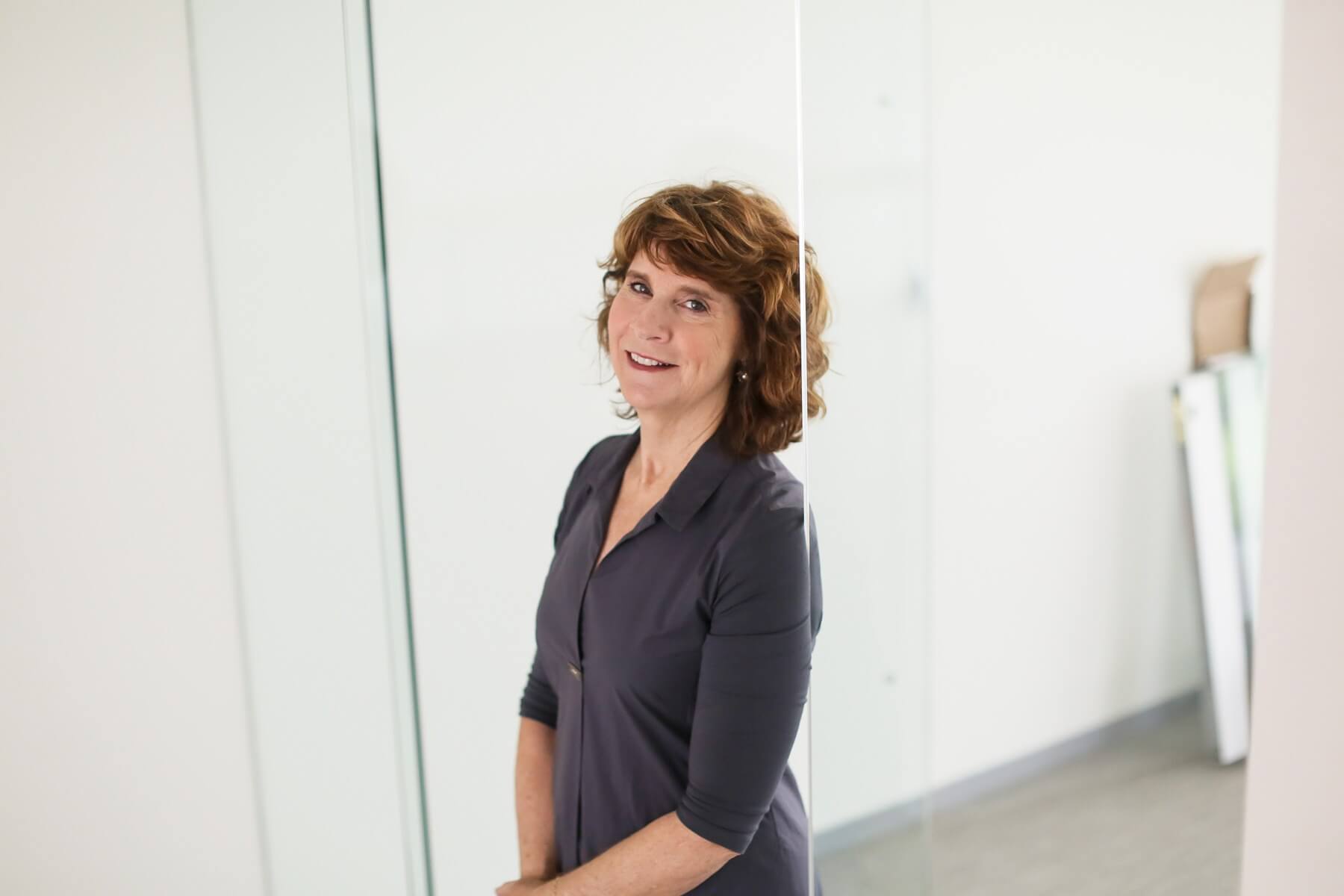
Tell us a bit about your upbringing and when dancing began.
My mother danced, and she had leads in the old Theatre Memphis. I started dancing when I was 3, and those were my earliest memories. One of my favorite activities was donning whatever play tutu she gave me. We would put on music and dance around the den together. I used to watch her take ballet class when Dad was stationed with the Navy in Winter Park, Florida. A wonderful woman named Edith Royal had a really strong ballet school and civic company, and I used to go there with my mom.
When did you decide to pursue ballet as a career?
My career was more circuitous, because I ended up wanting to go to college. I graduated from Vanderbilt and taught English at a junior high in inner-city Nashville. I just adored it. I learned a lot about humanity and how we have a lot in common with people we don’t think we have much in common with. The more barriers we break and the more hands we hold, the better off we’re all going to be.
I would teach all day and dance all night. I danced for a small group run by Raymond Clay, who had danced with Alvin Ailey and Martha Graham and had come back to teach at Fisk. He was working with a woman who did a lot of work with the National Ballet of Canada. They were the nucleus, along with another woman, of what later became the Nashville Ballet.
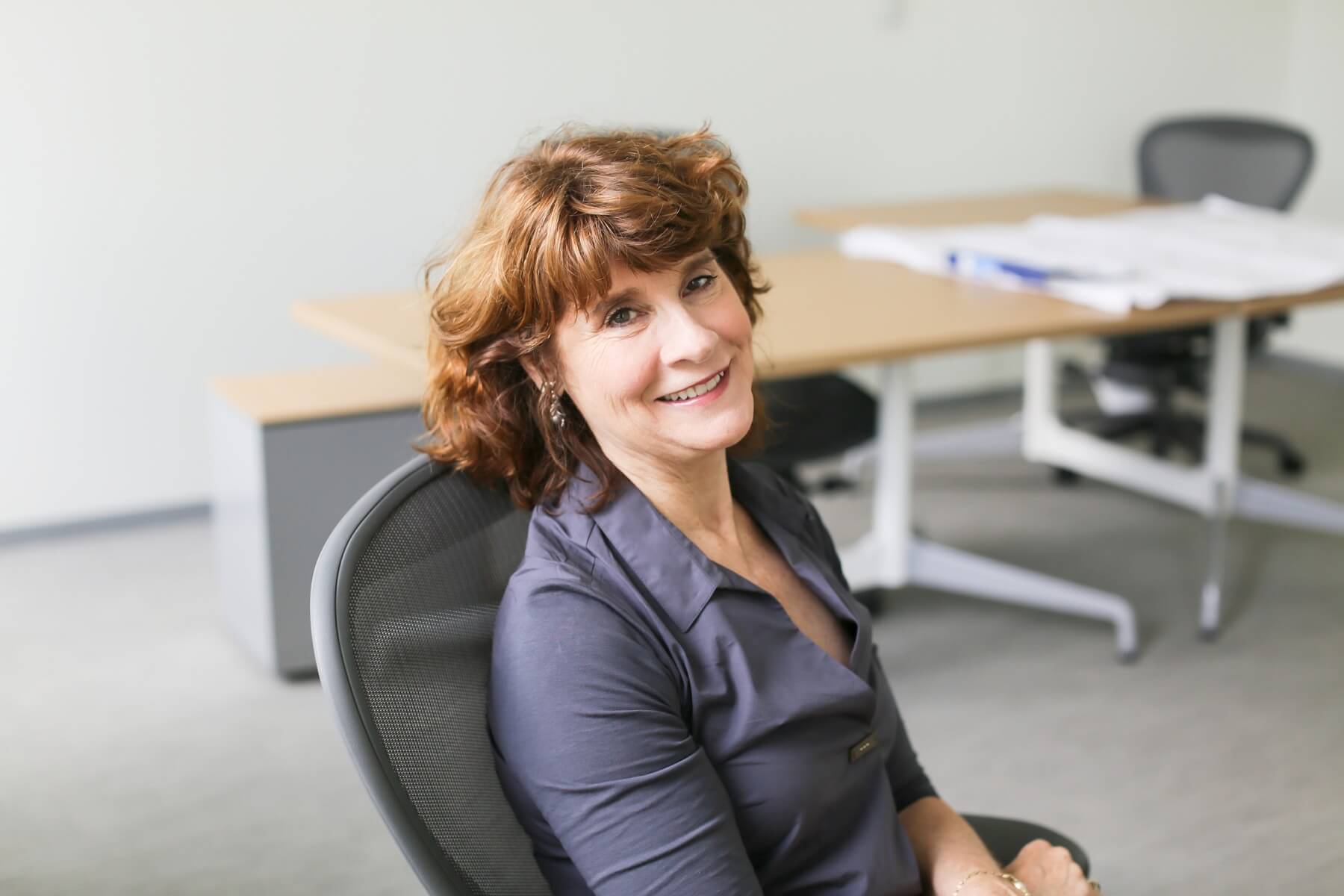
How did you decide to return to Memphis?
My husband was in graduate school in Nashville when an opportunity came up from my former teacher in Memphis, Louise Rooke. Her husband was ill, and she was having trouble keeping things going at the [dance] school she was running. She called and said, “Would you like to come do this?” I had an offer at that time to dance professionally with Pittsburgh Ballet Theatre, and I actually decided to come home to Memphis. I figured I wanted to have children, and negotiating all that would have been a lot harder going to a place where Robert and I were not familiar with people. Within a year, Louise was ready to stop teaching, and I took over. Pretty soon after that, I started this group called Youth Concert Ballet, and that was the basics of what became a civic company and then a professional company.
You founded Ballet Memphis in 1986 with two dancers and a $75,000 budget. Now, you have 25 dancers and are about to open a $21 million facility in the heart of Midtown. What personal qualities enabled you to grow the company into what it is today?
Curiosity; really, really liking people and their stories; and determination. I’m a really determined person. I think some people are born leaders, honestly, and just have to lead. Hopefully, you’re good at it, and you do it for a greater good, not just for your own ego. I’ve always loved living in an imaginative kind of world. I’m just comfortable envisioning things that aren’t there but could be.
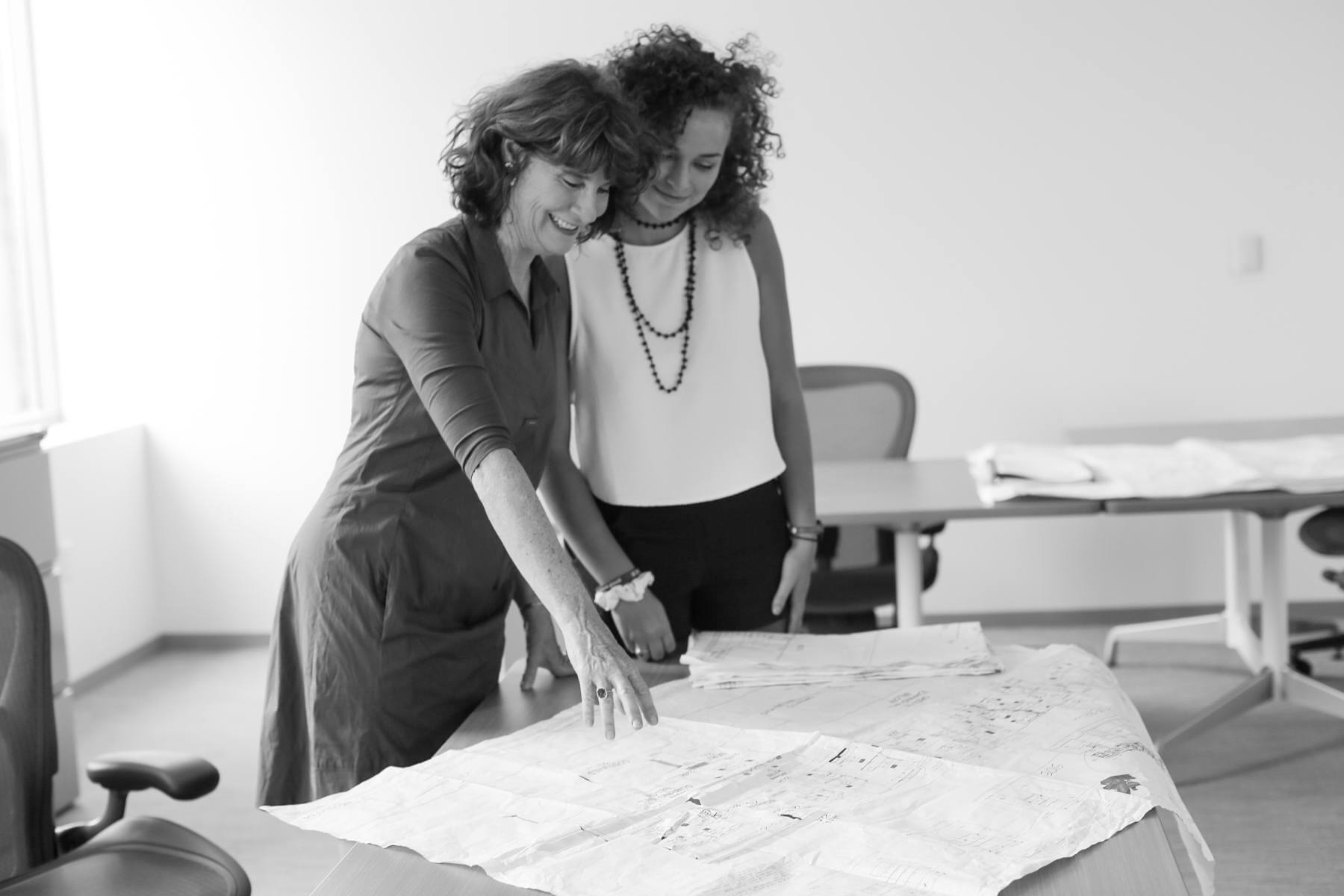
What role do you think Ballet Memphis plays in the Memphis dance scene?
We’re definitely a leader, but nationally we’re innovators, too. Over 60 percent of our dancers are non-white now, and the fact that Memphis has the most diverse ballet company of note in America is something to be very excited about. We’ve intentionally worked at it for years — way before it became the hot thing to talk about. And I’m glad it’s a hot topic, because it needs to be.
How many of your 25 dancers are native Memphians? How do you recruit dancers to live and work in Memphis?
Our dancers come from all around the world and across the country, and some we raise here. We raised Virginia Pilgrim [Ramey], one of our dancers who has the big principal roles, from the time she was 8 years old. It’s not as hard as it used to be to recruit dancers to Memphis, because the reputation of the company is so good. A lot of dancers are intrigued by our mission and our values and know they are going to be treated well.
What does it mean to you to be at the forefront of changing ballet stereotypes?
It makes the work so meaningful. If you have a bully pulpit, it’s so important to use it for things that are vital for the progress of humanity. It’s really important that the people who aren’t seen and heard — women, children, people of color — get seen and heard. I think people have to become way more conscious of who we see and who is not seen. There’s a lot of self-examination and self-analysis that needs to go into the survival of our democracy and the increase of justice. I really think art needs to serve those things.
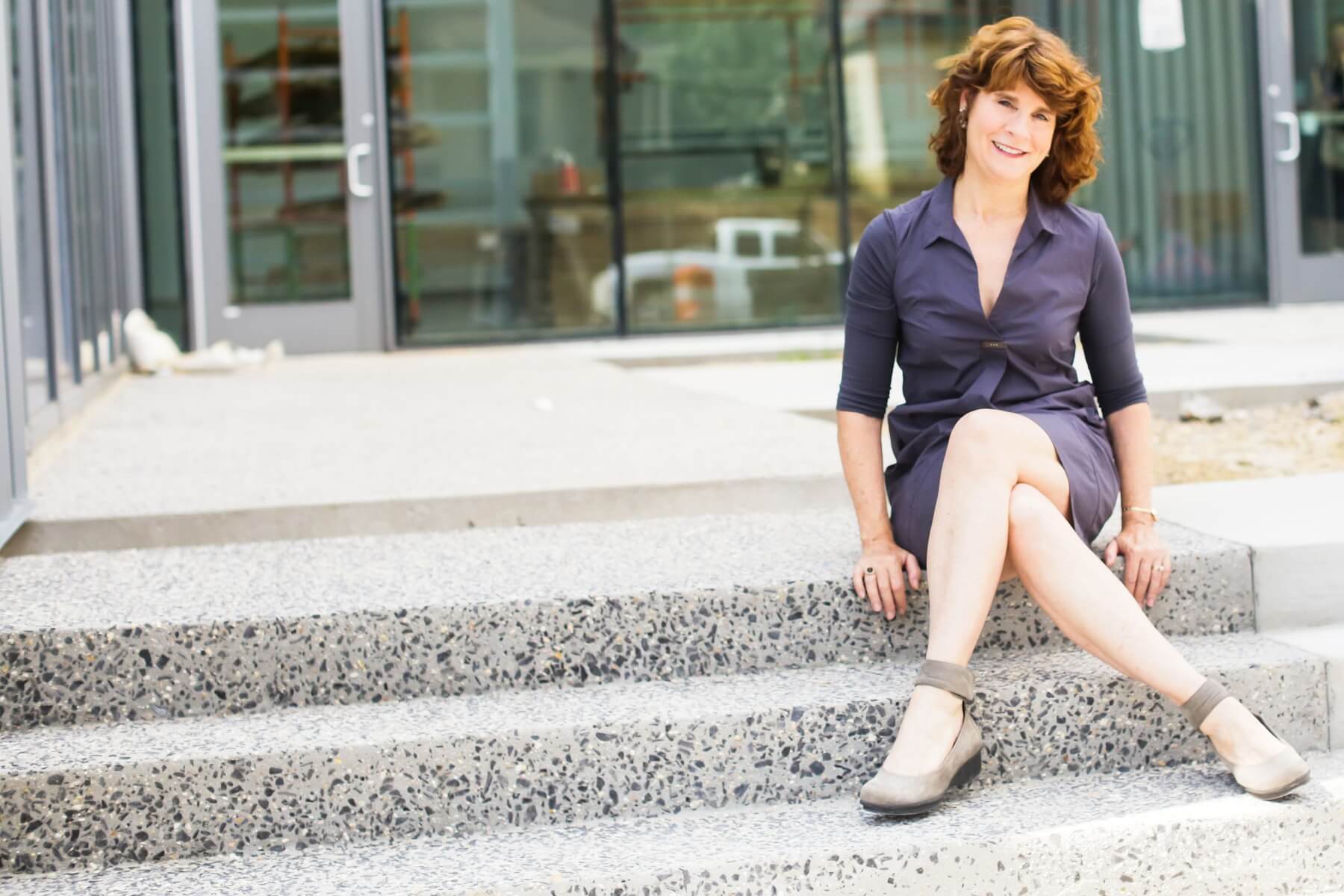
As one of only seven female artistic directors of similar-sized American dance companies, what is your best piece of advice for women seeking to advance in spaces typically dominated by men?
It’s still not an easy world if you want to be heard and if you want to accomplish something that’s really yours — and not take something that’s already established by the patriarchy. If you really want to find what you feel is the best way to navigate the world, I think it’s important to find some allies. Generally, women are good communicators, so I think honing those skills is incredibly important, too. It’s not just how you speak, but it’s also how you hear other people and their voices, including your own. Ask yourself, “Is this something I’ve been told all my life, or is this something I need to do?”
With its glass exteriors and public green spaces, the new facility will make ballet accessible to the city in a new way — even to people driving or walking by. What do you hope draws people in?
It’s a very unusual building, and there are different ways people will be drawn in. We have this beautiful egg-shaped cafe in the courtyard on the Cooper side. You could come in for a coffee, a glass of wine or a meal. Depending on what time you’re there, you can look in the big studio, and there could be something really fascinating going on. On the Madison side, there’s a 50- or 60-foot glass storefront, like on 5th Avenue or Madison Avenue in New York, and there will be costume exhibits that rotate. From the third courtyard, you might be able to look in and see some costume stitching going on. We want people to come in and look at things and feel welcome.
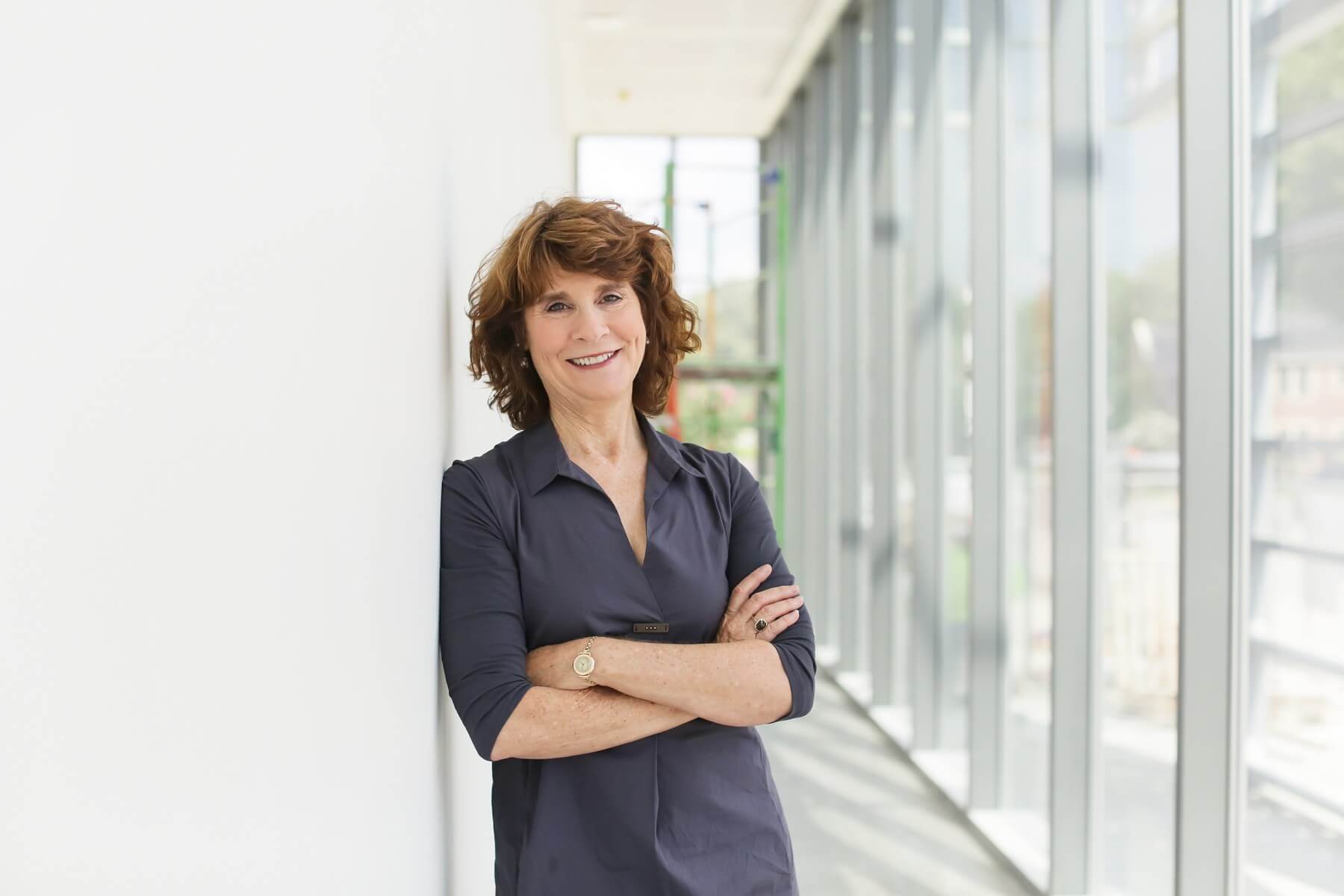
Aside from faith, family and friends, what are three things that you can’t live without?
Being engaged in good work in the community, honoring and preserving the beauty of the world and always being involved in a creative life as long as I can. I think if more people could figure out how to be creative instead of destructive, the world would be a lot better off.
Thank you, Dorothy! The grand opening celebration of Ballet Memphis’ Midtown location will take place on Saturday, August 26, 2017, at 2144 Madison Ave. Visit balletmemphis.org for more information.
Thanks to Micki Martin for the fabulous photos of Dorothy!
**********
Subscribe to StyleBlueprint, and meet more fascinating women of Memphis!



















